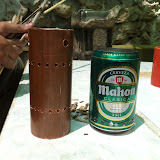Appropriate Technology
Los Molinos de los Rio Aguas got a sharp reminder never to take water for granted when the hydraulic ram pump that provides the whole village with water stopped functioning recently. With no water from the taps or showers, we had to collect it from the acequia (water line) – a tiring and time-consuming job every morning! With the pump needing replacement and improvement on an old design, technical team assistant Joe and his friend Ryan stepped up to do the job; a stressful experience with no test run requiring a lot of determination and teamwork.

The first self-acting ram pump was invented in 1796 by Joseph Montgolfier, co-inventor of the hot air balloon – the designs now change depending on location and equipment, but the idea remains the same. Ram pumps use the kinetic energy created from the water source when the impulse valve (pressure head) pushes it to an outlet of higher elevation. Unless you use a petrol pump, the ram pump is a zero-pollutant technological piece, perfectly appropriate for the ecovillage which Sunseed is a part of.
According to Joe, ram pumps can be used anywhere as long as there is some height for water to drop from to create the correct flow and a consistent and sufficient source of water such as a river or brook. Therefore, the diverse terrain and undulating region of Andalusia makes the ram pump the perfect source of water for Los Molinos and Sunseed.
The new ram pump was successfully completed within one full working week, much cheaper and more efficient than getting one made and delivered. Ram pumps can cost up to €3,000, while Joe and Ryan estimate that all the equipment is only around €550. They also both agree that the fact that no external energy required is key, avoiding added equipment and the use of any manual labor after construction except for the annual maintenance check.

Water is delivered at all times now to all taps and tanks twice as efficiently as the previous pump and with a perfect water cycle – any extra water falls back to the river, so none is wasted. Across a large area that is arid and dry, an even distribution of water is available to the whole village and this should be the case for the next 40-60 years which is 2 or 3 times as long as the last ram pump lasted, approximately 20 years.
Joe and Ryan made the ideal ram pump for all the villagers in Los Molinos and we thank them for it. Out of respect for nature and one another, Los Molinos continues to thrive towards our vision of low-impact, sustainable living.
by volunteer Lara Worthington

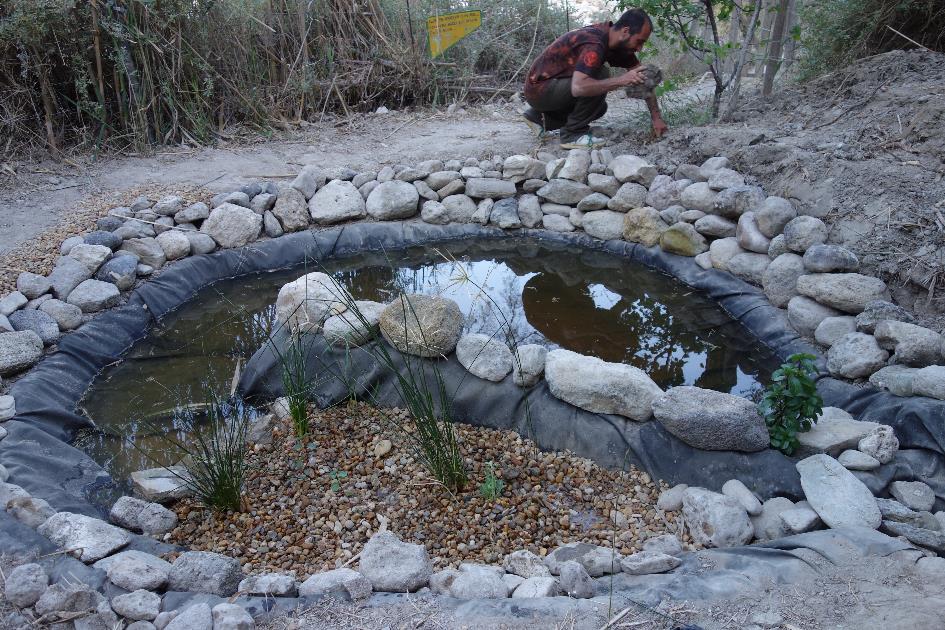




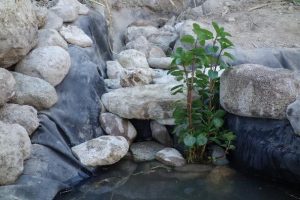





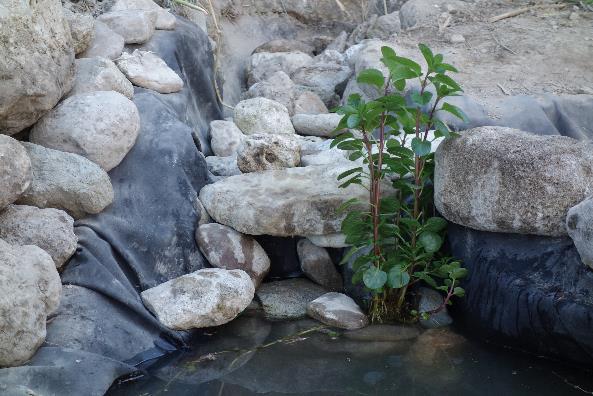






























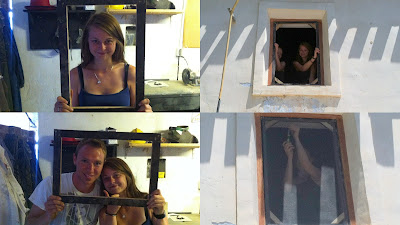 Michael y Rabbiya made an experiment based on Nicolai Tesla’s research where its intended to capture some electricity from the magnetic fields that are covering us. The result was not enough to build a power plant, but the measures indicated than something is around there…
Michael y Rabbiya made an experiment based on Nicolai Tesla’s research where its intended to capture some electricity from the magnetic fields that are covering us. The result was not enough to build a power plant, but the measures indicated than something is around there…
 Supporting the sustainable living department, Heloise made mulberries marmalade using Kaña!!! 2, our biomass gasifier that employes dry cane of the valley as renovable fuel.
Supporting the sustainable living department, Heloise made mulberries marmalade using Kaña!!! 2, our biomass gasifier that employes dry cane of the valley as renovable fuel.


